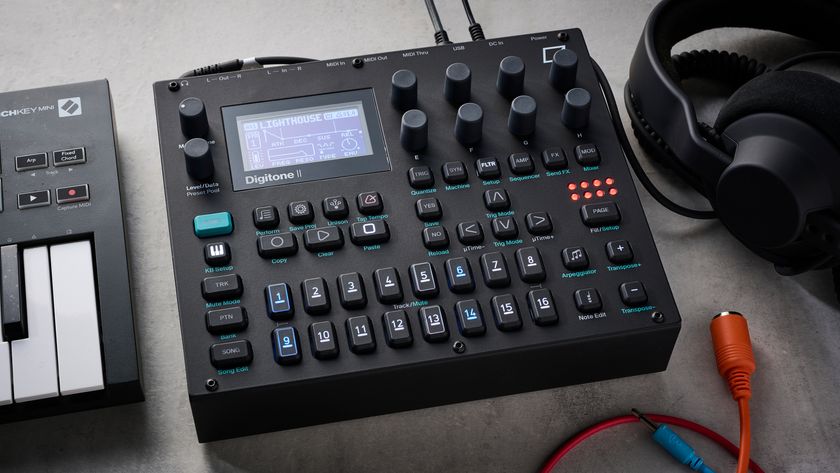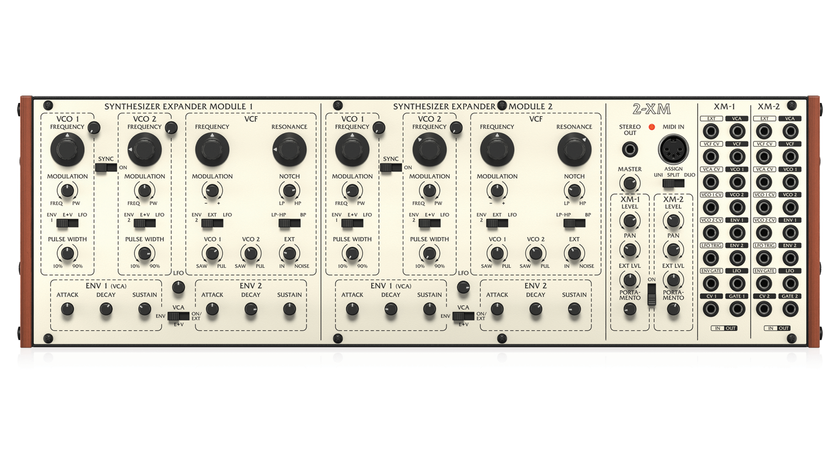An Arturia project manager explains how plugins are made (and why the best ones might still be to come)
Find out how you go about turning an analogue synth into a piece of software
We all love our plugins, but have you ever stopped to think about how they’re actually made? Obviously, there’s coding involved - not that most of us would have the first clue how that actually works - but it turns out that that’s not even the half of it.
In a bid to help you get a better understanding of the plugin production process, Gear4Music’s Mylar Melodies has been speaking to Arturia’s Edouard Madeuf, a project manager whose recent work includes Pigments, the SQ80V and the Roland-inspired Jun-6V and Jup-8 V4 (a complete ‘ground-up’ rewrite, it turns out).
The discussion touches on multiple parts of the plugin development process, including how exactly Arturia goes about turning a living, breathing analogue synth into a piece of software that you can use inside your DAW.
There are also reflections on whether DSP programming skills or CPU power counts for more when it comes to getting a good result, and Edouard touches on the potential of Apple’s M1 series chips, too.
Oh, and without giving too much away, we get a strong hint that Arturia’s best plugins might still be to come.
So, watch this space… but in the meantime, watch the video above.
Get the MusicRadar Newsletter
Want all the hottest music and gear news, reviews, deals, features and more, direct to your inbox? Sign up here.



I’m the Deputy Editor of MusicRadar, having worked on the site since its launch in 2007. I previously spent eight years working on our sister magazine, Computer Music. I’ve been playing the piano, gigging in bands and failing to finish tracks at home for more than 30 years, 24 of which I’ve also spent writing about music and the ever-changing technology used to make it.











![Chris Hayes [left] wears a purple checked shirt and plays his 1957 Stratocaster in the studio; Michael J. Fox tears it up onstage as Marty McFly in the 1985 blockbuster Back To The Future.](https://cdn.mos.cms.futurecdn.net/nWZUSbFAwA6EqQdruLmXXh-840-80.jpg)